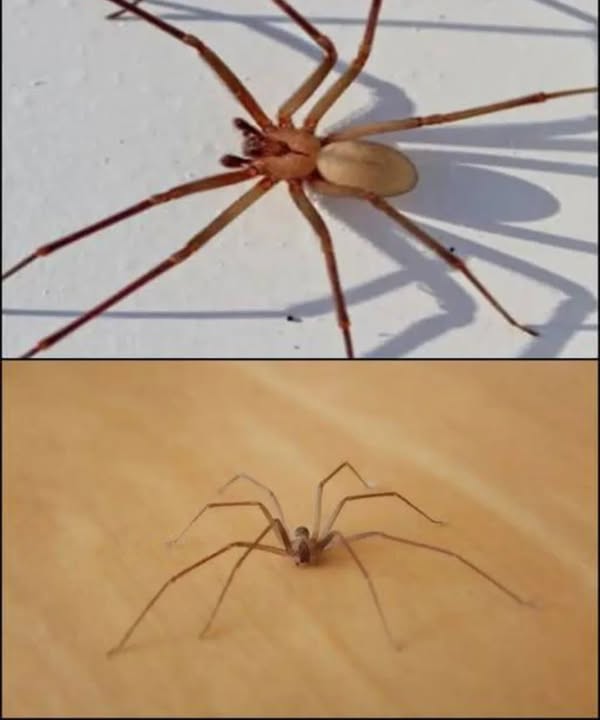
The Brown Recluse Spider: Traits, Dangers, and Precautions
The brown recluse spider is known for being shy, solitary, and often hard to spot. But a bite from it can cause significant skin damage. Although it doesn’t seek trouble, it can be dangerous when it feels threatened. So, what exactly is this spider?
Appearance
The brown recluse is a small, brown spider, no larger than a dime. It lurks in dark corners and has a distinctive violin-shaped mark on its back, which gives it the nickname “violinist spider.” Measuring generally between 8 mm and 1.5 cm, it belongs to the genus Loxosceles. Unlike most of its relatives that have eight eyes, it has only six. Its soft, light brown body helps it blend easily into its surroundings.
Bite and Dangers
The brown recluse isn’t an aggressive spider. It would rather hide than attack. But if it’s startled, trapped, or crushed, it will bite. And that’s when problems arise. Its venom is cytotoxic, meaning it damages the cells around the bite area. This can lead to severe skin damage. In some cases, it may also cause fever, vomiting, and in very rare instances, more serious complications.
Habitat
The brown recluse mainly lives in the United States, especially in the Midwest and the South. It can also be found occasionally in Mexico and Canada. It prefers dark, dry, and uncluttered places. Outdoors, it hides under rocks, in woodpiles, or among dead leaves. Indoors, it likes quiet corners such as attics, garages, or in stored cardboard boxes.
What to Do If Bitten
If you suspect you’ve been bitten by a spider and the wound doesn’t heal or gets worse, see a doctor right away.
The brown recluse isn’t a major threat, but it’s best to leave it alone. Active at night and hidden during the day, this spider can potentially harm your skin.